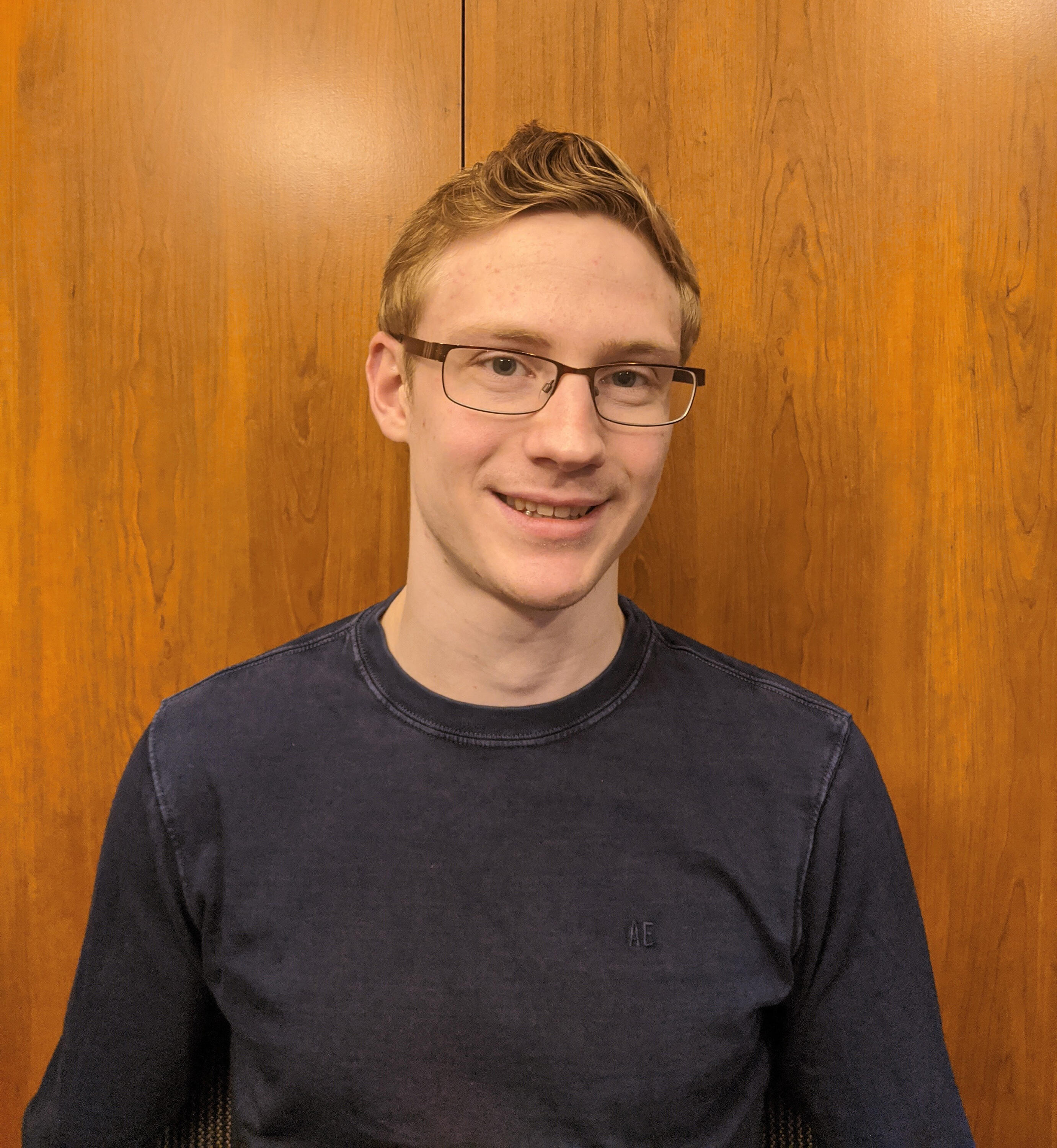
New research demonstrates scientists can now take advantage of a fundamental theory that expands the scope of quantum mechanics to develop communication protocols.
Michael Grabowecky, a Master’s student at the Institute for Quantum Computing (IQC) and the physics and astronomy department at the University of Waterloo, worked with colleagues at the University of Calgary on the breakthrough.
Quantum scientists typically work directly with quantum states. They prepare them, perform operations on them, and eventually measure them. Think of it like potting a plant and then coming back later to see how it grew. Information about the initial state and its evolution into another state is represented in a ‘quantum channel.’
Quantum superchannels, however, are one level higher of analysis. They represent how a quantum channel evolves, just like a quantum channel represents how a quantum state evolves. For example, instead of working with just the seed or just the flower, a gardener can treat and manipulate the whole growth process as one unit.
“Quantum channels are the most general fundamental objects we can consider, encapsulating both quantum states as well as their evolution,” said Grabowecky. Manipulating them through superchannels allows for the development of new communication protocols and opens up a host of possibilities for quantum information processing.
The main obstacle to manipulating quantum channels has been uncertainty about how to measure them. That’s because supermap theory—the theory that allows researchers to manipulate quantum channels—isn’t always compatible with the ordinary relationship between cause and effect, or causality.
“The theory allows part of an operation on a quantum channel to act before we prepare the quantum state, and part of the operation to act after,” said Grabowecky.
Since researchers can’t design experiments that break causality in reality, they had to find out how to measure quantum channels without doing so. In this article, the researchers fill this gap for the first time. They outline the conditions needed to construct a measurement on quantum channels.
Grabowecky is excited to see how this theoretical research will impact the physical world.
“The measurement conditions outlined in this article will have vast implications in quantum computing, particularly in the programming, estimation and calibration of quantum devices,” said Grabowecky. “This work gives us a new tool for use in future experiments.”
Necessary and Sufficient Conditions on Measurements of Quantum Channels was published in Royal Society A on April 28, 2020.